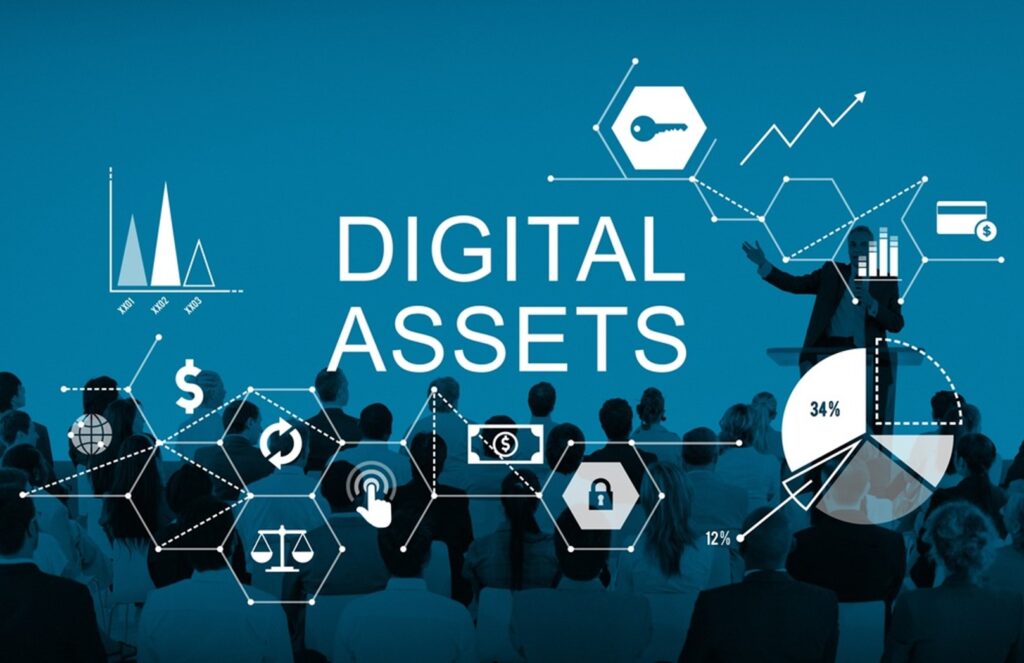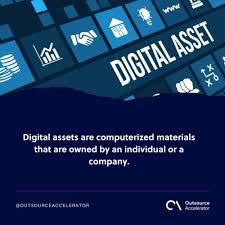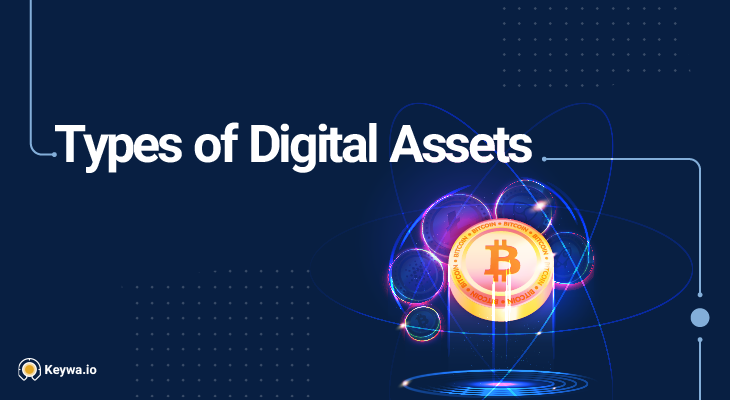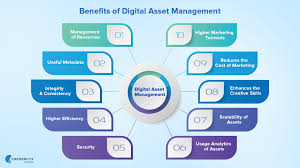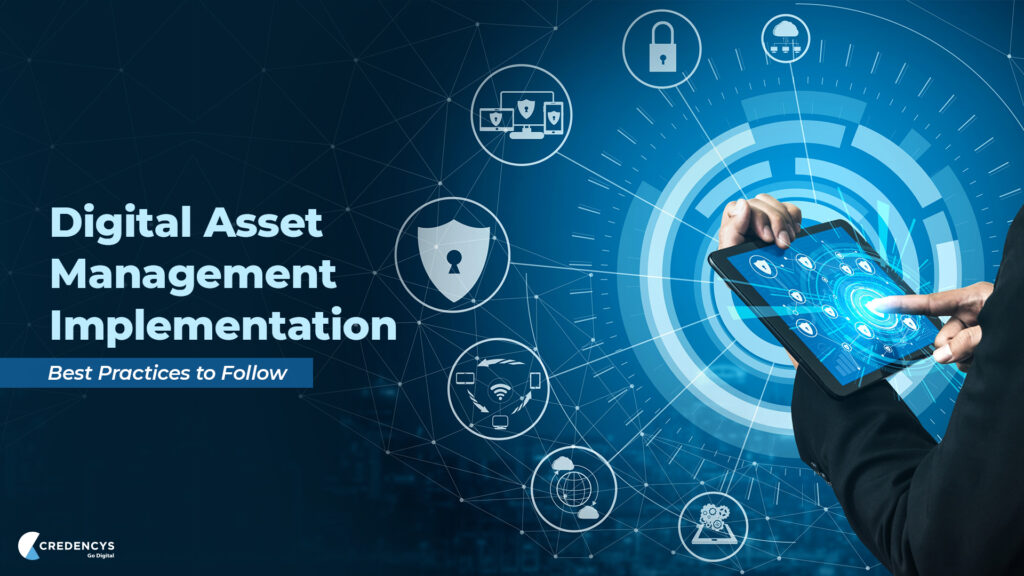Introduction
In the modern economy, value doesn’t exist only in physical forms like money, real estate, or products. Increasingly, what we own and exchange is digital. Files, currencies, brand content, and even online identities now carry measurable importance. These are collectively known as digital assets, and they are redefining how people, companies, and even governments think about ownership.
This guide explores what they are, why they matter, their benefits, challenges, and what the future might hold for them.
1. What Are Digital Assets?
At the most basic level, digital assets are pieces of information or content stored electronically that carry value. Unlike physical property, they exist only in digital form but still represent ownership, rights, or utility.
Examples include:
-
Cryptocurrencies such as Bitcoin or Ethereum
-
NFTs that prove ownership of digital art
-
Business assets like logos, websites, and marketing content
-
Intellectual property like e-books, software, and patents
-
Personal items such as photos, videos, or documents stored in the cloud
If it exists digitally and has worth to someone, it qualifies as a digital asset.
2. Why They Matter
Digital assets are important because they shape nearly every modern interaction. For businesses, they are the foundation of brand identity and customer engagement. For individuals, they represent investments, memories, and intellectual property. For investors, they are entirely new classes of tradable resources.
Some reasons why they matter:
-
Representation of value – Many forms of currency and content are now digital-first.
-
Global reach – Assets can be transferred anywhere in seconds.
-
Innovation driver – They enable new industries like the NFT marketplace and decentralized finance.
-
Longevity – Unlike physical items, digital files can be preserved indefinitely.
3. Types of Digital Assets
Not all assets are the same. Here are the major categories:
1. Cryptocurrencies
These are decentralized, blockchain-based financial instruments. Bitcoin and Ethereum are the most popular, but thousands exist.
2. Non-Fungible Tokens (NFTs)
Unique digital certificates of ownership tied to art, music, or even virtual land. Their uniqueness makes them valuable in online communities and marketplaces.
3. Business and Brand Content
Logos, ad creatives, websites, and product images. These define how companies present themselves online.
4. Intellectual Property
Software, research papers, and online courses are examples of digital items protected by copyrights or patents.
5. Personal Media
Everyday items like photos, videos, or documents also qualify as digital property with personal value.
4. Benefits of Digital Assets
The advantages of owning and managing these resources are significant:
-
Scalability – They can be distributed worldwide instantly.
-
Cost efficiency – Storage and replication are cheaper than physical equivalents.
-
Security – With proper protections, they can be harder to steal or destroy than physical items.
-
Transparency – Blockchain-based assets make ownership and transfers easy to verify.
-
Flexibility – Businesses and individuals can monetize them in creative ways, from licensing to trading.
5. Challenges in Managing Them
Despite the benefits, digital assets bring their own set of challenges:
-
Cybersecurity risks – Hacks and data breaches can result in loss of valuable assets.
-
Valuation problems – Determining worth, especially for NFTs or cryptocurrencies, can be volatile.
-
Legal disputes – Copyright and ownership rights are often contested.
-
Technology changes – File formats, platforms, and tools evolve quickly, risking obsolescence.
-
Complex management – Without proper organization, digital collections can become overwhelming.
6. The Future of Digital Assets
The importance of these resources is only set to grow. Several trends highlight this future:
-
AI-generated content – Artificial intelligence will create new types of assets, from text to design.
-
Metaverse expansion – Virtual goods and real estate are becoming tradable assets.
-
Global regulations – Governments are beginning to regulate cryptocurrencies and NFTs.
-
Integrated management systems – Businesses will increasingly adopt digital asset management software to streamline workflows.
Ultimately, they are becoming mainstream, influencing not just technology companies but every industry.
7. Best Practices for Managing Them
To make the most of digital assets, businesses and individuals should:
-
Use reliable digital asset management systems for storage and organization.
-
Protect access with strong cybersecurity measures.
-
Keep multiple backups to avoid accidental loss.
-
Stay updated with intellectual property laws and compliance.
-
Diversify holdings, especially when treating them as financial investments.
Conclusion
In today’s world, digital resources carry as much value as physical property. Cryptocurrencies, NFTs, business content, intellectual property, and personal media are all part of this growing category.
Digital assets are not just files—they represent ownership, creativity, and opportunity. With proper strategies for security, organization, and investment, they can unlock immense potential for individuals, businesses, and the global economy.
Follow Us on:- Instagram.

